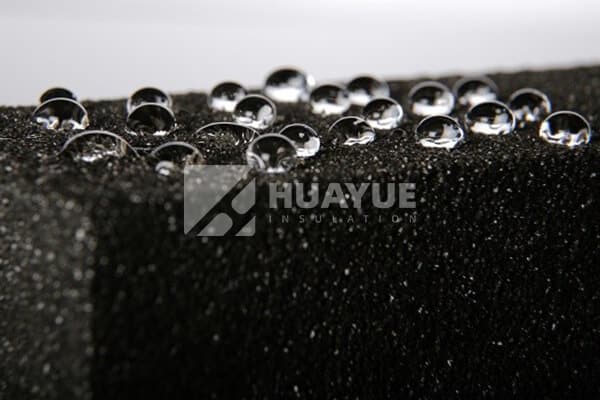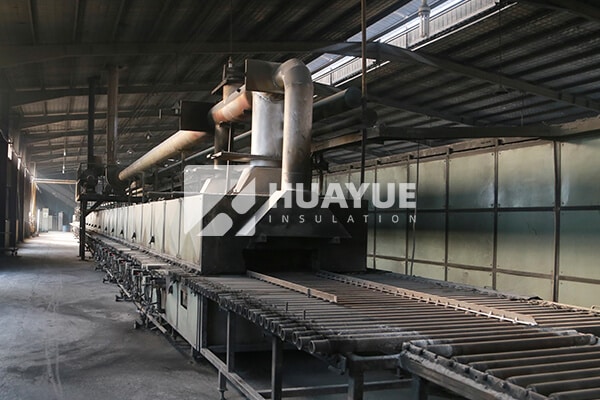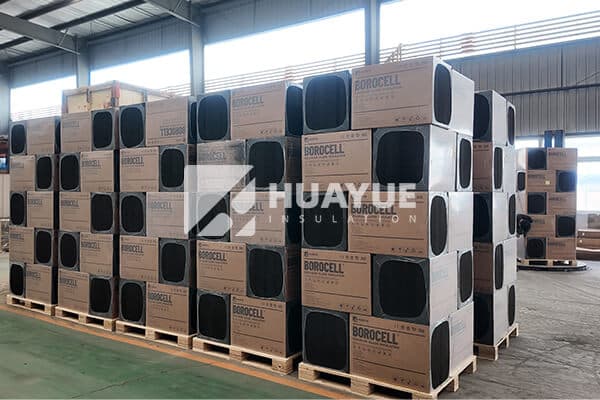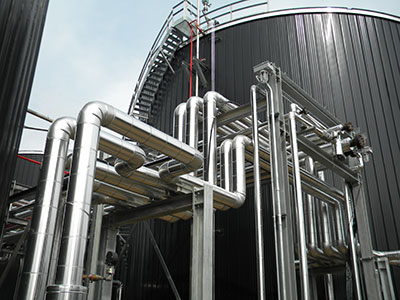Condensation can silently destroy buildings, leading to expensive damage and unhealthy conditions. Understanding why it happens is crucial to keeping your space dry and safe.
Condensation in buildings happens when warm, humid air meets a cooler surface and reaches its dew point, turning invisible water vapor into liquid droplets on walls, ceilings, or inside the building’s structure.

I used to overlook condensation when managing projects, but I learned the hard way. Even the most impressive buildings will face moisture problems if condensation is not understood and controlled. It can result in ugly stains, peeling paint, ruined insulation, rusted pipes, and even mold. Let’s break down what really causes condensation, using basic principles of temperature, humidity, and construction design.
How do temperature and humidity affect condensation?
Warm air holds more moisture. When this air cools down, it sheds moisture as condensation if the dew point temperature is reached.
Temperature is the measure of how hot or cold the air is, while humidity tells you how much water vapor is in that air. When indoor air, warmed by people or heating, meets a cold wall or window, its temperature drops. If the air cools enough, it can’t hold all its moisture. At the dew point—the magic number—the water vapor turns into drops. The more moisture-packed the air, the higher the risk, especially on cold nights or during wet weather.

I remember inspecting a classroom one winter morning. The windows were covered in water, not because of a leak, but because the warm indoor air, filled with moisture from breathing students, hit the cold glass. With more people, you get more humidity, and the cycle keeps repeating.
Why does condensation appear on some surfaces and not others?
Condensation forms on cold surfaces because they lower the temperature of nearby air to the dew point, causing water vapor to liquefy.
In every building, surface temperatures are different. If insulation is poor or absent, surfaces like windows, corners, or metal pipes run cold. When moist air brushes against these cooler spots, the result is water droplets. Bathrooms, kitchens, and even swimming pools are common places where this happens. On a hot day, it’s the cold drink bottle “sweating.” On a cold morning, it’s the car’s windshield icing up from inside.

When I renovated an apartment with thin outside walls, condensation appeared first in bedroom corners and behind wardrobes. These spots stayed cooler and saw little air movement, so moisture settled and mold grew. HUAYUE insulation, by boosting surface temperatures and limiting cold bridges, now solves this in new projects.
Insulation can raise the temperature on these surfaces, keeping air above the dew point and preventing condensation.
How does vapor move through buildings and cause hidden damage?
Water vapor moves from warm, moist areas to cooler, drier parts—sometimes right through building materials—where it can condense unseen and cause long-term issues.
Moisture tries to reach balance. If one side of a wall is more humid than the other, vapor flows toward the drier side. Some building materials are vapor tight, others let vapor through easily. If this migrating vapor crosses into a section that’s cold enough, it may condense inside the wall or roof structure—this is called interstitial condensation. It’s tricky because it’s out of sight, causing hidden dampness, wood rot, or corrosion.
I have seen how neglected vapor movement can ruin otherwise well-built projects. That’s why in my later work, I used vapor-resistant barriers and HUAYUE insulation, which prevents temperature drops inside the wall, keeping the dew point outside the structure. This blocks moisture from turning to liquid and causing damage.
How can you assess and prevent condensation in buildings?
Calculate dew points, control humidity, and add effective insulation like HUAYUE to keep surfaces above the dew point and safeguard your building.
You can predict when and where condensation might happen by checking air temperature, humidity, and material properties (like vapor resistance). Tools like Mollier diagrams or digital sensors show you when air will hit 100% relative humidity. For safety, you want all building surfaces—inside and through the wall or roof—to stay above the dew point. In projects with pools or kitchens, mechanical ventilation makes a big difference by expelling excess moisture.
I always recommend combining three tactics: use HUAYUE insulation to lift surface temperatures, add vapor barriers to slow moisture migration, and control humidity with fans or dehumidifiers. For sensitive areas, calculate dew point temperatures at design stage and make sure your wall or roof never cools below this marker. If local climate, occupancy, or use changes, reassess risk.
Conclusion
Condensation in buildings results from temperature and humidity imbalances, but the right insulation and moisture control can keep your spaces dry, safe, and healthy.

